IT Infrastructure Monitoring has evolved beyond imagination over the last decade and continues to, courtesy of new technology. It’s not focused on IT elements anymore, as Infrastructure & Operations (I&O) is becoming more business-centric. That also gives rise to challenges for IT leaders who need to adapt at a quick pace.
It’s not news that infrastructure monitoring is extremely important for the health of any enterprise. But the changing trends point out that adaptability may just be even more important. Of course, cloud computing is playing a huge role in this, as it is in virtually every industry.
Top IT Infrastructure Monitoring Trends 2020
For those responsible for infrastructure monitoring, it’s vital to stay on top of the latest trends and to adopt the new technology. Part of that transition is adopting IT monitoring tools that are up-to-date with the changing scenario in the industry.
VirtualMetric’s Windows Monitoring and Linux Monitoring tools are designed to be adaptable by nature. In fact, they are helping enterprises implement and catch up with the latest trends. Here are the top 5 trends to look out for:
1. Serverless Computing
Serverless computing is, no doubt, the number one trend in IT infrastructure monitoring. Some are even touting it as the next big thing in IT after the cloud. But what is serverless computing? It’s technically called a function platform as a service (FPaaS).
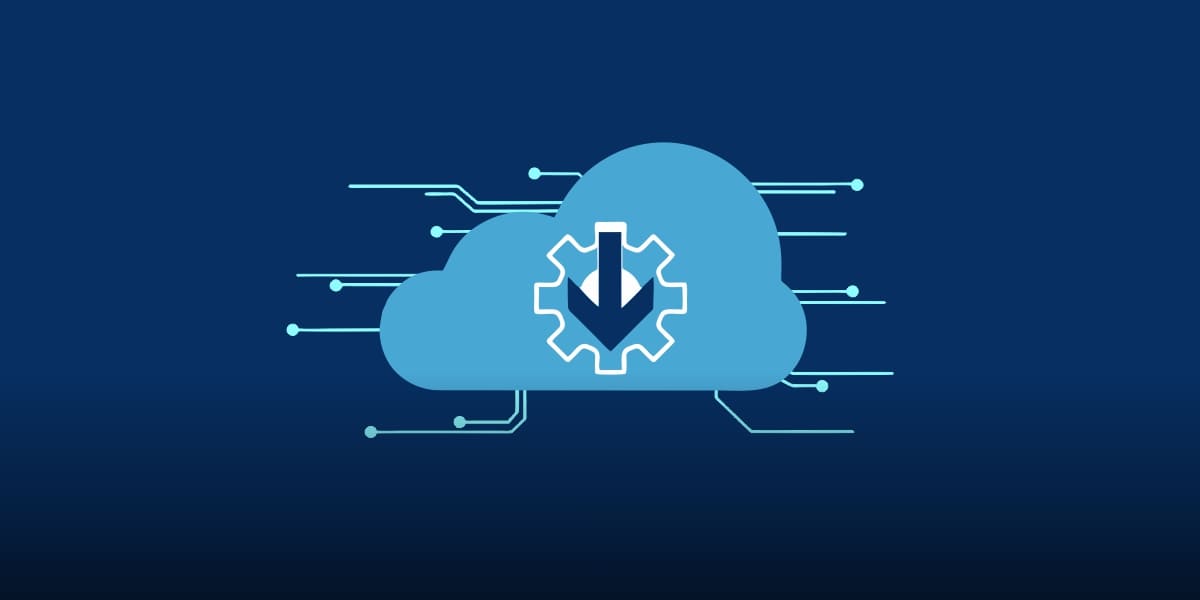
FPaaS or serverless computing is a pay-as-used basis backend services system. It involves servers but does not require provisioning and management. The outcome, and perhaps also the highlight of the technology, is reduced costs. You’re charged based on the computing, nothing more and nothing less.
Another important benefit is easy scaling. This technology can quickly adapt to the growing needs, and at times dwindling needs of the enterprise. While cost-effectiveness is the biggest driving force behind this trend, convenience is also at its core. This is why even big corporations like Netflix and Coca Cola are going serverless.
2. Edge Computing
Edge computing is one of the hottest IT industry trends, thanks to the rise of 5G now. What is edge computing, you ask? It basically involves moving infrastructure closer to the consumers in proximity. This may involve edge data centers, microservers, data management platforms, and IoT gateways.
The benefits of edge computing are based on simple physics. Moving some of the infrastructures can effectively increase reliability. 5G technology, of course, has a big role to play in this trend as it’s also focused on proximity and faster speeds. This technology can have implications in infrastructure monitoring as well, given it would expand the infrastructure, adding a new direction to it.
3. Artificial Intelligence
Artificial Intelligence (AI) is no longer just a trend; it’s a multi-billion dollar industry, projected to cross $700 billion by 2027. AI has touched every industry, so there’s no reason to doubt it won’t take center stage in monitoring as well. Think in terms of machine learning, how crucial it can be for a monitoring tool to learn from events and mistakes. It can effectively improve itself with all the data it collects.
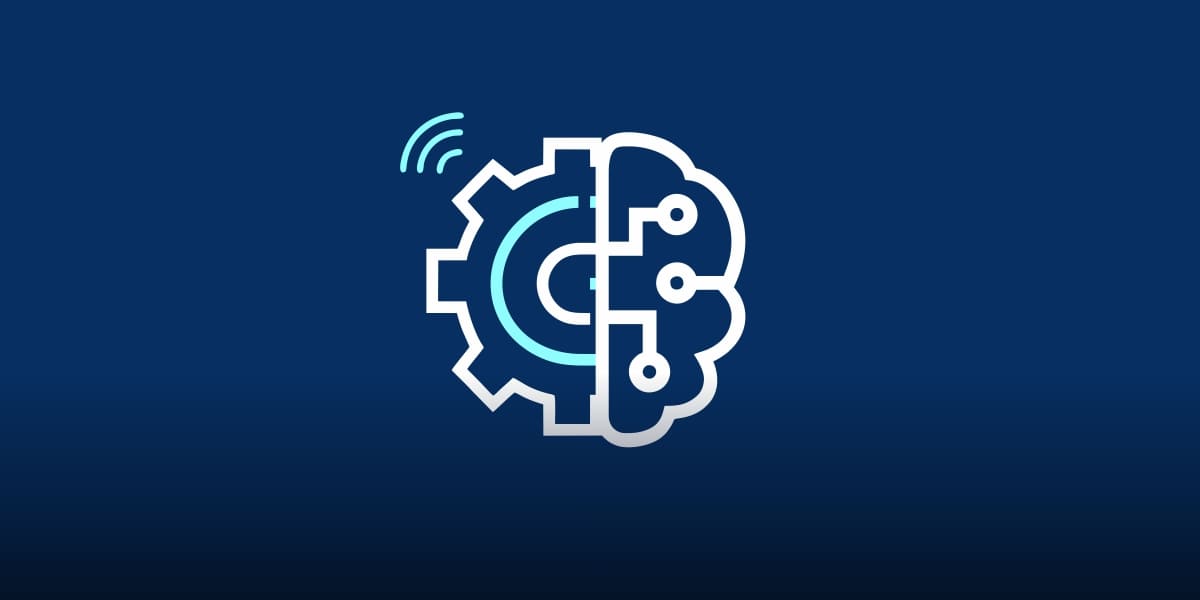
AI will be vital in expanding IT monitoring without necessarily using human resources. Whether that’s good or bad is a whole another debate. But it’s certain that AI is going to be the big thing in infrastructure monitoring and management too. In 2019, enterprise spending on AI grew by 67 percent.
Data analysis is at the heart of both AI and monitoring. Monitoring as a service relies on data to find issues and resolve them in time. AI uses data to learn and solve problems. The two use cases overlap, which is why it’s only natural for monitoring to utilize AI as much as possible.
4. Digital Diversity Management
Diversity has been a big issue in the sociopolitical sense, but it’s also a hot topic in the digital industry. Digital diversity refers to the different kinds of technologies and digital assets that today’s organizations rely upon. Monitoring and managing these diverse technologies can be a big challenge.
Inventory management is at the core of diversity management. Those behind the monitoring teams need to have a handle on all ends of the operations for big-picture monitoring and analysis. It’s the classic no stone left unturned situation, where you need to be on top of all the technologies within the infrastructure for effective management and optimization.
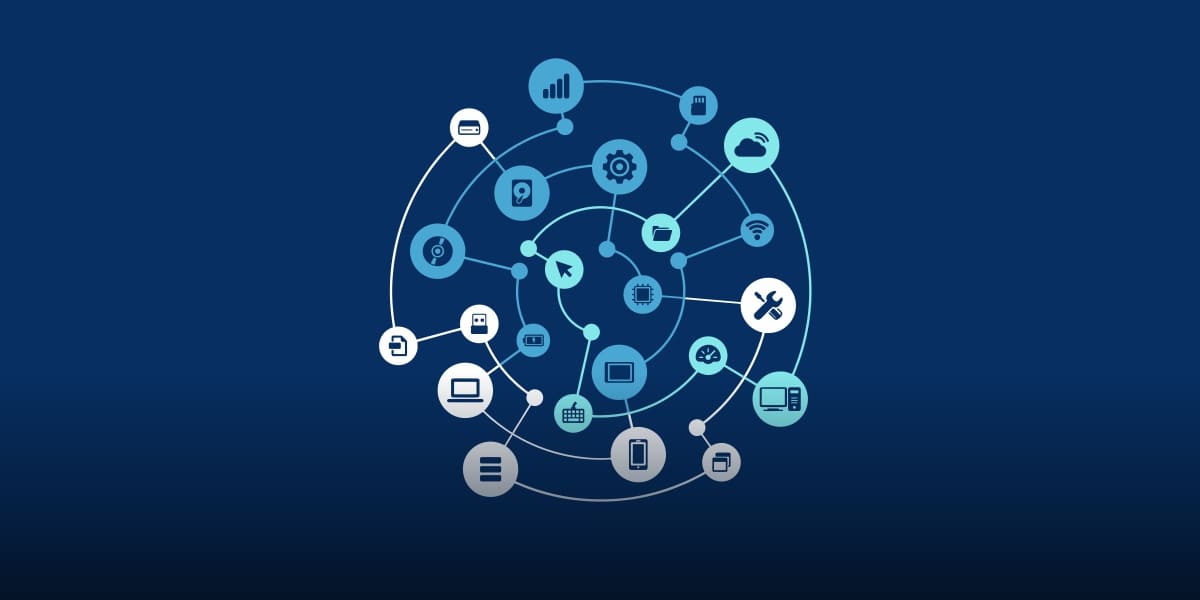
It’s expected that this would become a major trend, especially for monitoring software. It would need to take into account the growing diversity and take a centralized approach to track it.
5. Data Center Farewell
The good old data center may not even exist at the end of this decade. At least that’s what it looks like based on the analysis and predictions of analysts. Gartner, one of the leading research firms in the world, predicted in 2019 that data centers would no longer be ubiquitous by 2025.
This is not to say that data centers will completely disappear, but they will not be as common as they were a decade ago. Cloud computing has caused this shift, so it’s upon enterprises to start thinning what lies ahead in the future in terms of where the workloads will be based.
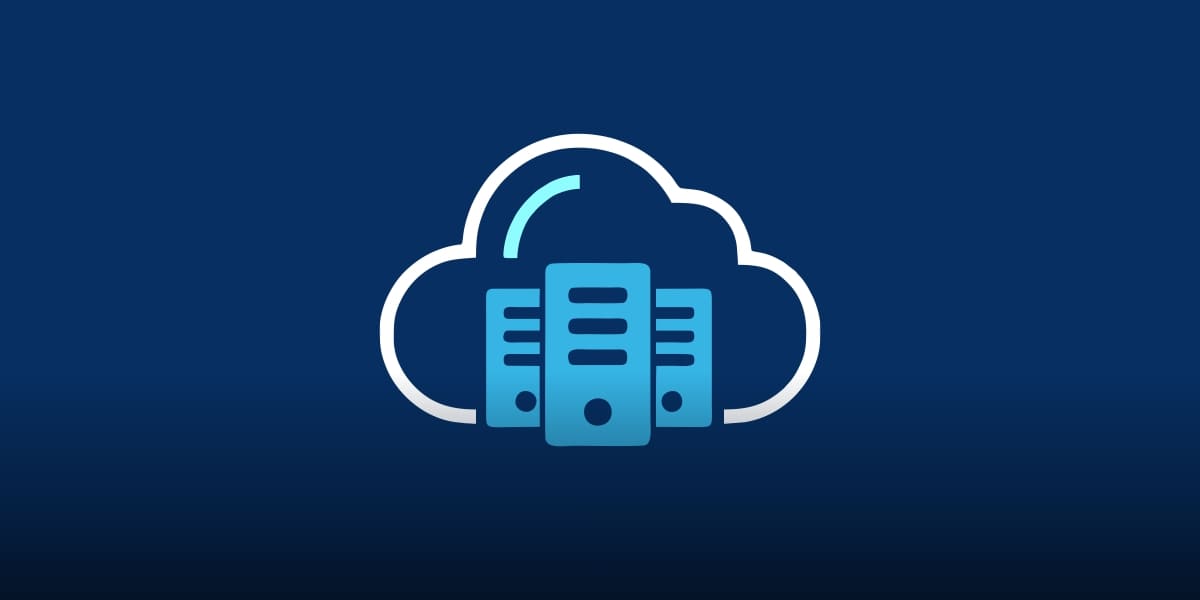
This shift may be due to cloud computing, but it’s also a result of changing business needs. So IT infrastructure and operations (I&O) leaders will have to think in terms of business needs rather than technological requirements.
Conclusion
IT infrastructure monitoring can only be efficient if it uses the latest offerings. I&O leaders will also need to think of infrastructure monitoring from a global perspective. The idea of modern infrastructure is one of global infrastructure, regardless of the size of the enterprise. That global approach would need to reflect within monitoring tools as well.
While there are many other trends like SaaS denial and talent management, the above five trends are leading the way and creating even more prolific roles for the people behind this crucial part of the IT industry.

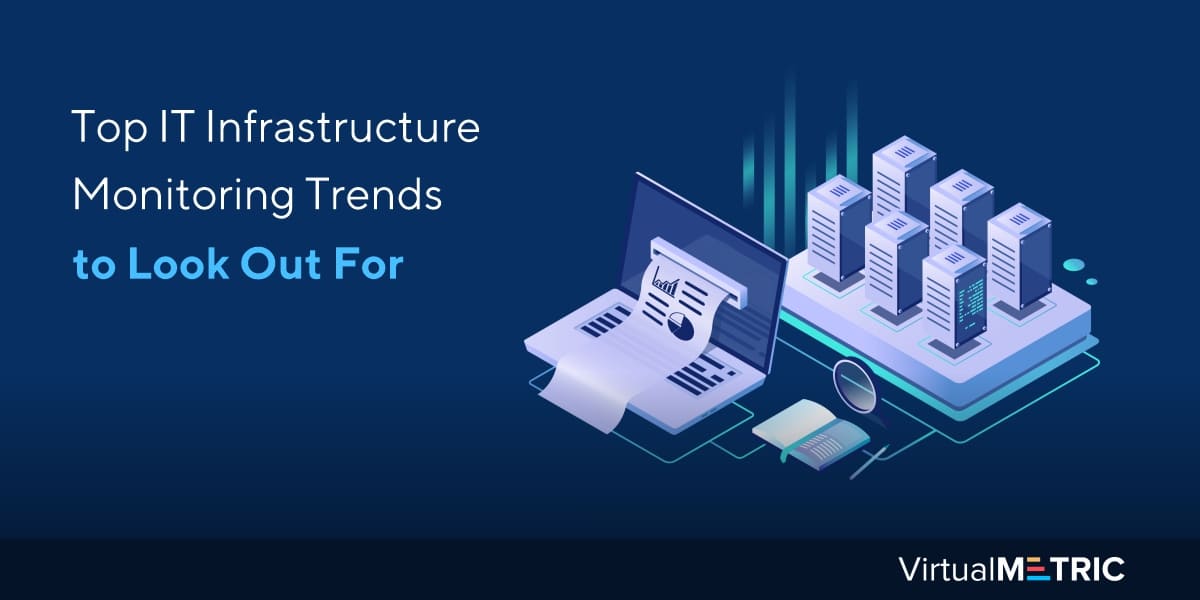
Leave a Reply